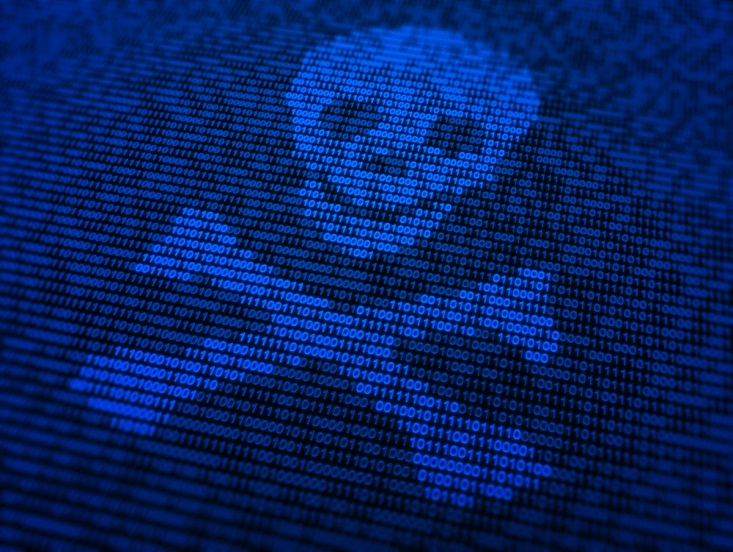Some of the best movies ever made have been technological thrillers, and it’s easy to see why. It’s obvious that our modern lives could not exist without the aid of computers. Everything from health data to financial records are stored on computers and servers easily accessed by an enterprising hacker. When our data becomes compromised, it is a terrifying situation. Plus, cybercriminals make the perfect antagonists: As faceless forces of evil, it seems they can sneak their way into even the most secure data banks to achieve their aims.
However, Hollywood is known to take its artistic liberties, and it’s safe to say that actual computer science isn’t exactly like a techno thriller depicts. If you’re wondering how different the movies are from real life, read on for a few facts and fictions portrayed on the silver screen.
Physical Security Blunders
From mansions to museums, the protected places in the movies use a variety of physical barriers to keep unwanted people out — whether the unwanted people are good, bad, or ugly. In “Mission Impossible,” sensitive files are protected with alarms rigged to noise level, floor pressure, and even room temperature. Perhaps most puzzling, in “The Bourne Ultimatum,” Jason Bourne encounters absolutely no security obstacles at all when infiltrating CIA headquarters.
While many of these security features may seem like a great idea, most of them are impractical or else born of complete fantasy. More realistic means of physical security are six-digit codes paired with video surveillance and some kind of biometrics, like fingerprints or retinal scans. Plenty of real-life high security vaults utilize these exact measures to safeguard their important items.
An excellent role model for physical security is Tony Benedict from “Ocean’s Eleven;” though Danny Ocean and his team succeed in lifting millions of dollars from his vault, Tony’s measures, including armed guards, surveillance, multiple changing codes, and floor alarms, are sound — it was his own human error in employing untrustworthy ruffians and carrying the written codes in public that thwarted his efforts.
Network Security Gaffes
“Hack” is a magic term in the movies; hackers have the ability to access any information from anywhere in the world. Here are the most common mistakes screenwriters (or directors and producers) make in their technological thrillers.
Hacking the mainframe. This is the idea that hackers can reach a company’s private files through their public website. Many a hacker has reached the mythical “mainframe” with a few keystrokes and mouse clicks. However, company websites are absolutely never linked to the company network; even the term “mainframe” is outdated, since most companies use server farms instead.
The truth is that as companies move toward cloud computing, hackers are gaining the ability to access sensitive company data over the Web. Because cloud hosted data exists on physical servers far away from a company’s HQ, and because the company itself uses its data over the Internet, hackers could feasibly find ways into the databanks for their own nefarious purposes.
Luckily, just as hackers learn new techniques, cloud security companies are developing better ways to thwart them. Companies should search out a cloud provider who emphasizes security before signing any contracts.
Hacking with unique software. Most malicious movie hackers have devoted their lives to developing computer programs to help them bash their way into valuable company data. Hackers’ computer screens are usually covered with a dangerous-looking program, sometimes with a skull made from binary code, sometimes with green and white characters in a fantasy computer language (think: “Independence Day”). However, as it does with most things, Hollywood is making hacking look much more visually appealing than it actually is.
The only tool most hackers need to work their tricks is a computer with Internet access. Most real hackers can extend their reach using a simple browser alone. Most hacking simply requires force and perseverance, like trying simple changes in codes repeatedly until the correct one is found. While all the flashing numbers and symbols on movie computers look exciting, they don’t have a purpose other than giving a dedicated hacker a serious headache.
Hacking quickly. Techno thrillers are supposed to be exciting. Protagonists have days if not hours (or even minutes) to accomplish their goals, so most movie hackers have lightning fast reflexes and can type at the speed of light to reach the data they need. When time is short, hackers can get in and out in no time at all.
In reality, hacking isn’t terribly hands-on, and can take days or weeks to pay off. Most actual hackers employ a fire-and-forget system, where their programs run possible maneuvers while the hackers go about their daily lives. While hacking is not nearly without any effort — these programs are faulty and often require human intervention — it definitely isn’t fast-paced.
Companies who design their security measures based on what they’ve learned from movies are probably using protection that would barely keep them safe in the 1980s. Step into the modern world with practical, strong security measures, and know your data, whether physical or digital, is safe.


You can also stay updated by subscribing to iTechCode.